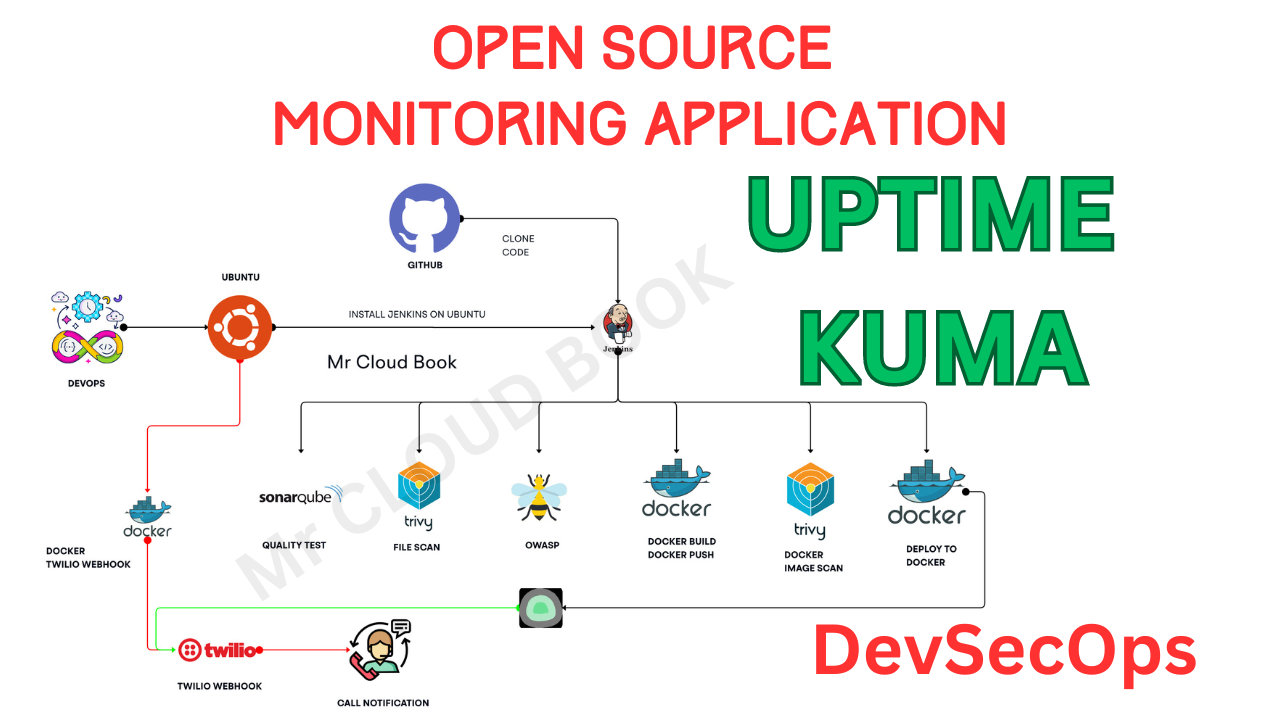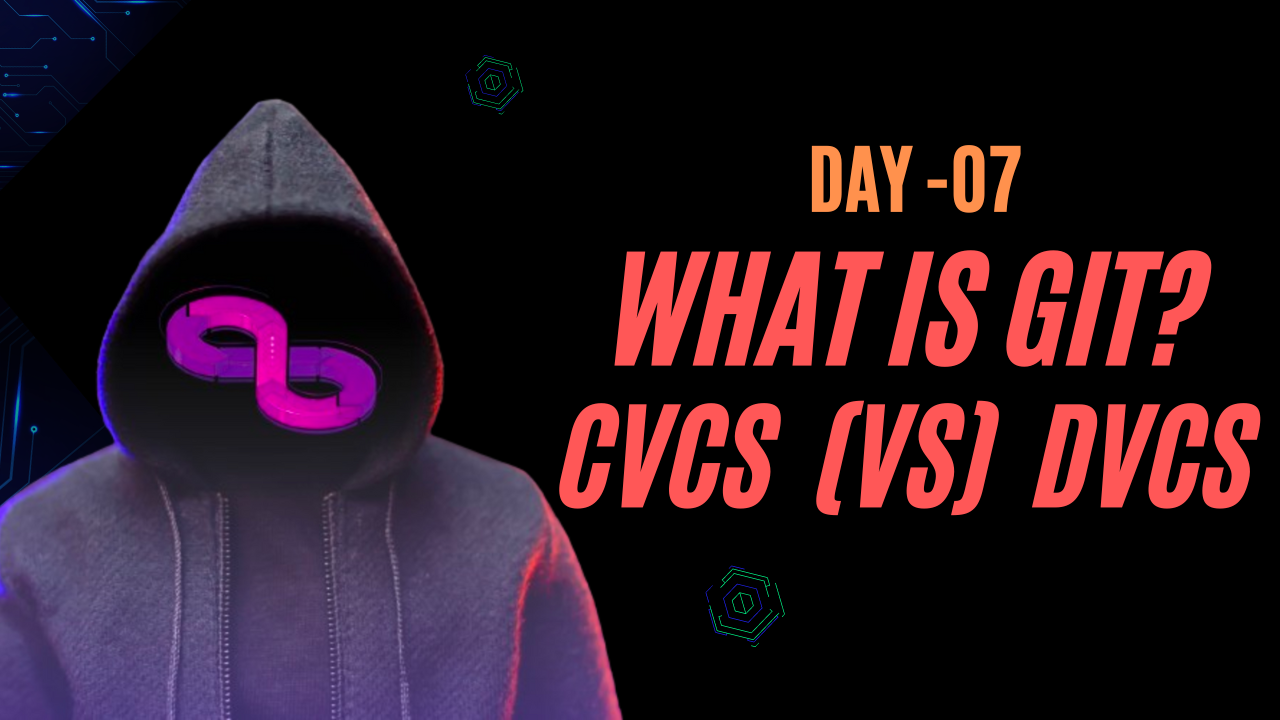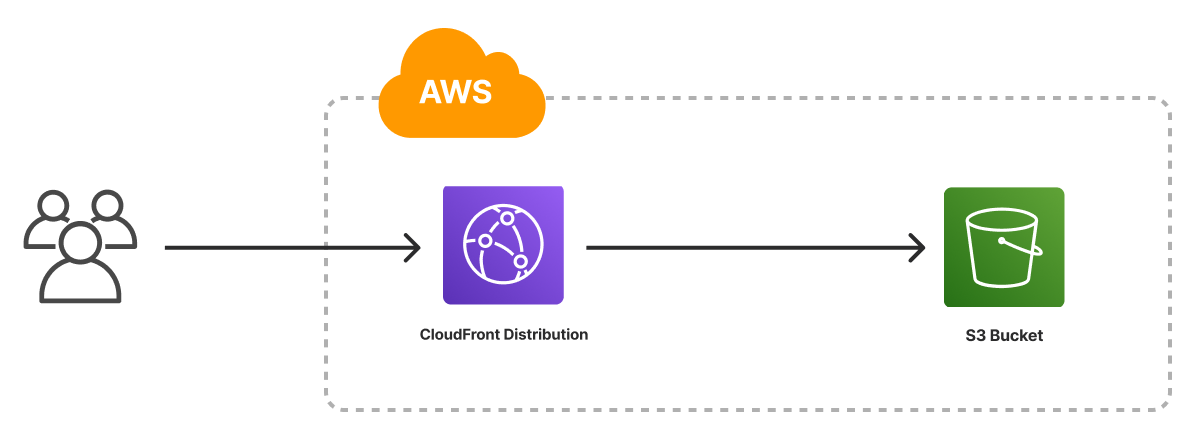-

·
Secrets to Landing a DevOps job | Episode 1
Why You’re Not Getting Hired and How to Change That Hello everyone! My name is Ajay Kumar Yegireddi. Today, I want to talk about a topic that many of you might be facing: the struggle to land a job. I want to share my experiences and insights to help both experienced professionals and newcomers in…
-

·
CI/CD Pipeline for Uptime-Kuma | Get Real-Time Call Alerts for Server Downtime | Open Source Monitoring
Uptime-Kuma is an open-source self-hosted monitoring tool that provides a sleek interface to track the uptime of websites, services, and APIs. When integrated into a CI/CD pipeline for a blog, it helps ensure continuous availability and performance monitoring. Here’s a detailed explanation of how Uptime-Kuma can be utilized effectively in this context: What is Uptime-Kuma?…
-

·
Git Configuration | Day – 09
Git Configuration Managing a team of 100 developers working on a complex project can be challenging, especially when it comes to maintaining consistent coding standards, commit message formats, and development workflows. Git, as a distributed version control system, offers powerful configuration options and hooks that can help streamline and standardize these processes. In this blog,…
-

·
How to Install Git on Windows and MacOs | day 08
There are three ways to install Git on Windows: Choose your preferred installation method based on how much control you want over the installation process and your preference for using the GUI or CLI. Install Git on Windows via GUI The GUI method involves downloading the Git installer wizard from the official website and configuring the…
-

·
What is Git ? CVCS (vs) DVCS | Day – 07
Version control systems (VCS) are essential tools in software development, akin to magical scrolls that help us manage changes, collaborate effectively, and ensure the integrity of our projects. In this article, we’ll explore two main types of VCS: Centralized Version Control Systems (CVCS) and Distributed Version Control Systems (DVCS), and understand how they differ using…
-

·
Git and GitHub Terminology | Day – 06
In the ever-evolving landscape of software development, collaboration and version control are paramount. Git, a distributed version control system, and GitHub, a web-based hosting service for Git repositories, have become indispensable tools for developers worldwide. To effectively harness the power of these tools, a solid understanding of their terminology is crucial. This comprehensive blog post…
-

·
Ultimate Guide: Setting Up a Kubernetes Cluster with Master and Worker Nodes on Ubuntu 24.04 for Optimal Performance
Introduction Kubernetes is a powerful open-source platform designed to automate the deployment, scaling, and operation of application containers. In this comprehensive guide, we’ll explore how to set up a Kubernetes cluster using three nodes, leveraging the flexibility and scalability of Amazon EC2 instances. We’ll ensure each step is clear and detailed, making it easy for…
-

·
HOW TO INSTALL JFROG ARTIFACTORY ON UBUNTU 22.O4
What is JFrog Artifactory? Artifactory is a universal DevOps solution for hosting, managing, and distributing binaries and artifacts. Any type of software in binary form – such as application installers, container images, libraries, configuration files, etc. – can be curated, secured, stored, and delivered using Artifactory. The name “Artifactory” reflects the fact that it can…
-

·
Configuring a Static Website With S3 And CloudFront
1. Go to the AWS Management Console and sign in. 2. Make sure you are in the region where you want to create your S3 bucket.for this project (US-WEST-2) 3.Navigate to the S3 service in the AWS Management Console. 4.Click on Create bucket. 5. Provide a unique name for your bucket and select the AWS…
-

·
ScriptVault: A Wiki of Installation Scripts
Setting up a new development environment can be a tedious process, especially when dealing with multiple packages, dependencies, and compatibility issues across different operating systems. That’s why we created ScriptVault – a weekly blog dedicated to sharing installation scripts for Amazon Linux and Ubuntu. (Updates weekly) Every week, we publish a new set of thoroughly…